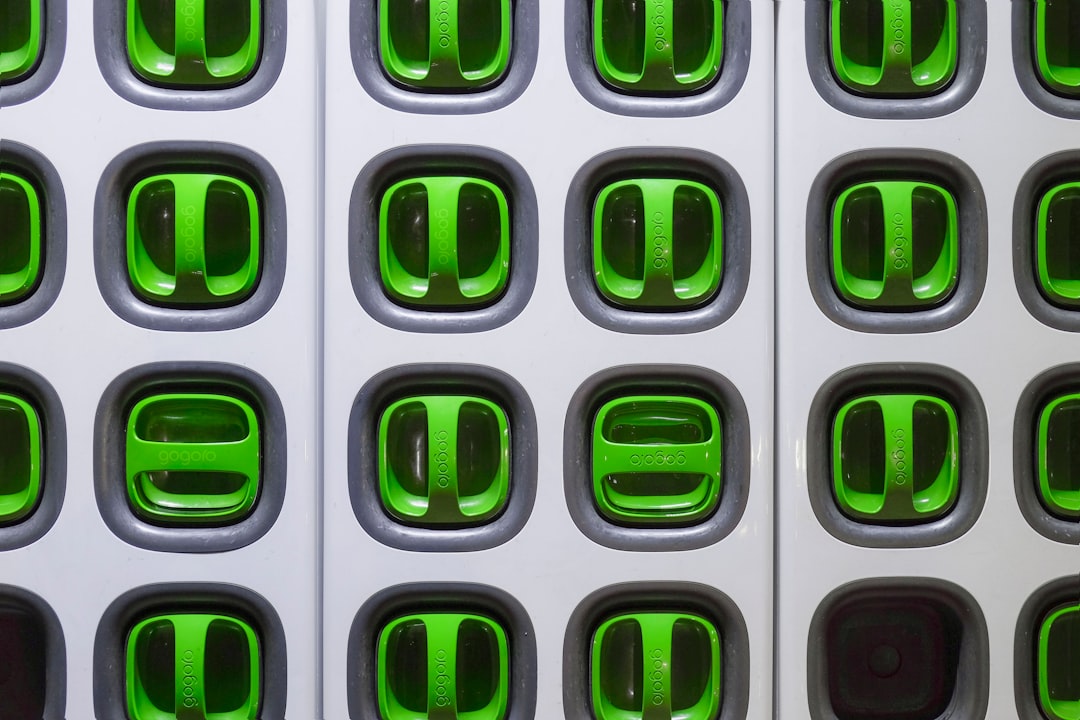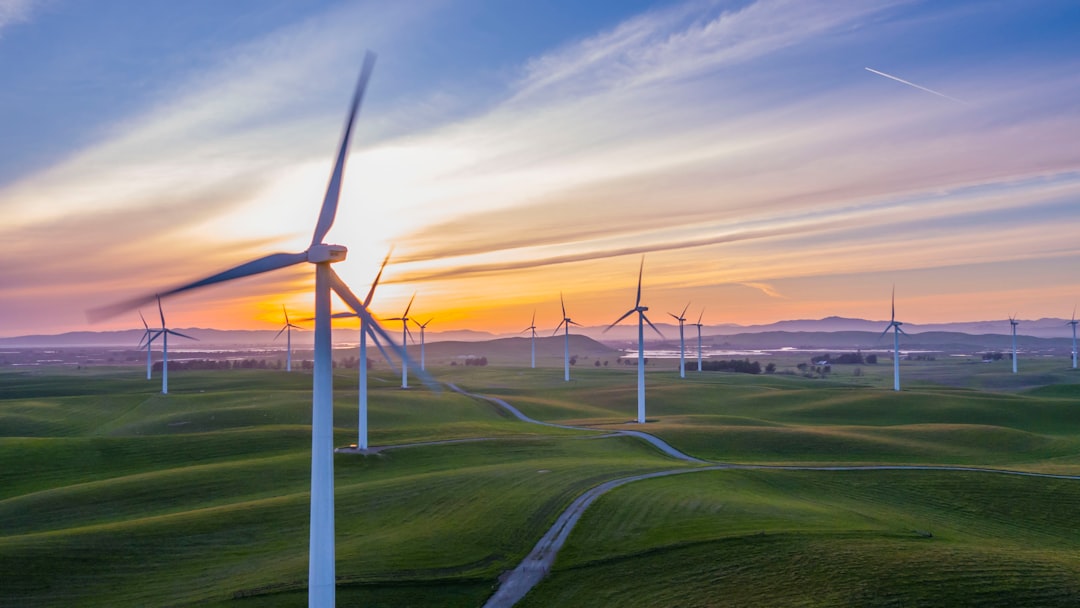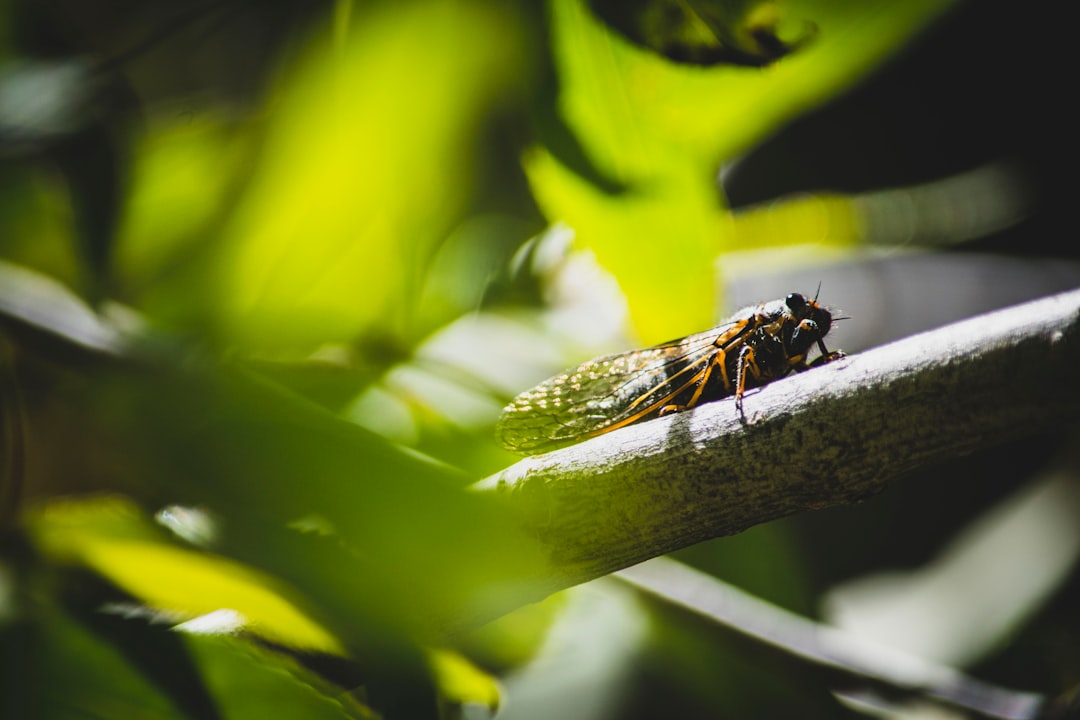What is it about?
The development of reliable, eco-friendly, sustainable processes for the synthesis of nanoparticles with precise shapes, sizes and dispersity is a progressive area of nano-biotechnology. Despite the higher stability of biogenic nanoparticles there is still need to optimize the synthesis rate and other factors affecting the synthesis process. Microbial synthesis of silver, gold, platinum, titania, zirconia, magnetite nanoparticles and quantum dots has been described successfully. However molecular mechanisms that mediates the synthesis of nanoparticles should be elucidated further to improve the properties of nanoscale materials and production rate. Due to the rich biodiversity of microbes, their potential as a useful source for the production of nanoparticle is yet to be fully explored.
Featured Image
Why is it important?
The development of reliable, eco-friendly, sustainable processes for the synthesis of nanoparticles with precise shapes, sizes and dispersity is a progressive area of nano-biotechnology. Despite the higher stability of biogenic nanoparticles there is still need to optimize the synthesis rate and other factors affecting the synthesis process. Microbial synthesis of silver, gold, platinum, titania, zirconia, magnetite nanoparticles and quantum dots has been described successfully. However molecular mechanisms that mediates the synthesis of nanoparticles should be elucidated further to improve the properties of nanoscale materials and production rate. Due to the rich biodiversity of microbes, their potential as a useful source for the production of nanoparticle is yet to be fully explored.
Read the Original
This page is a summary of: Role of catalytic protein and stabilising agents in the transformation of Ag ions to nanoparticles by Pseudomonas aeruginosa, IET Nanobiotechnology, October 2016, the Institution of Engineering and Technology (the IET),
DOI: 10.1049/iet-nbt.2015.0093.
You can read the full text:
Contributors
The following have contributed to this page










